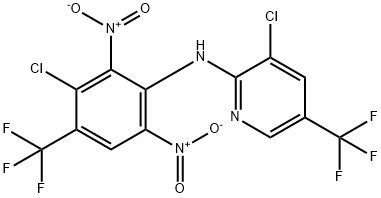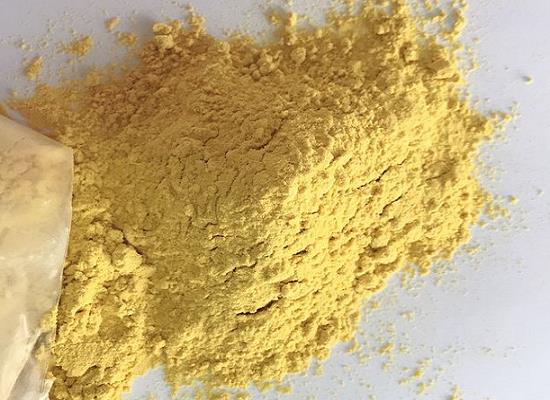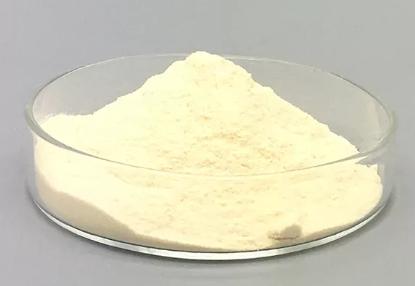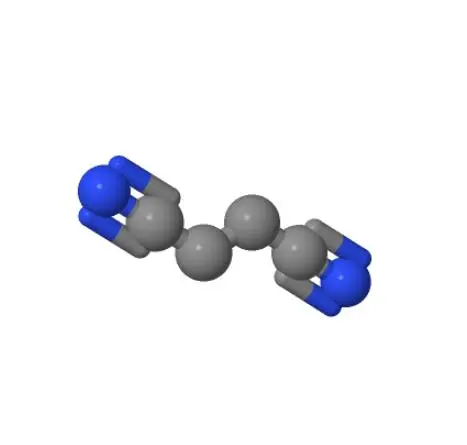Fluazinam: A Highly Effective Fungicide with Advantages and Toxicological Risks
General Description
Fluazinam is a highly effective fungicide widely used in agriculture to protect crops from fungal diseases. Its unique mode of action minimizes the development of resistance in fungal populations, making it a reliable and sustainable choice for disease management. Fluazinam is compatible with integrated pest management strategies and has a favorable environmental profile and good crop tolerance. However, studies have shown that fluazinam can be toxic to both humans and animals, with exposure through inhalation and dermal contact. It is recommended to take immediate action in cases of exposure, and liver toxicity is a major concern based on subchronic and chronic exposure studies.

Figure 1. Fluazinam
Scope of use
Fluazinam is a highly effective fungicide that is widely used in agriculture to protect crops from diseases caused by oomycetes and other fungi. It is particularly effective against several common fungal diseases, including downy mildew, late blight, early blight, and gray mold. This powerful fungicide works by disrupting the normal functioning of the mitochondria in fungal cells, which leads to the inhibition of energy production and eventual cell death. One of the key benefits of fluazinam is that its mode of action helps to minimize the development of resistance in fungal populations. This is because the disruption of mitochondrial function is a novel mechanism of action that is not commonly targeted by other fungicides. As a result, fluazinam is a reliable and sustainable choice for disease management, with long-lasting protection against fungal diseases. Overall, fluazinam is an important tool for protecting crops against fungal diseases, providing growers with a reliable and effective means of disease control. Its broad-spectrum activity and unique mode of action make it a valuable component of integrated pest management strategies, helping to ensure the health and productivity of agricultural systems. 1
Advantages
Fluazinam is a highly effective fungicide that offers several advantages in agricultural and horticultural practices. Its unique properties make it a preferred choice for controlling fungal diseases in crops. This helps to preserve the effectiveness of fluazinam over time and ensure its continued use as a valuable tool in disease management. Furthermore, fluazinam is known for its compatibility with integrated pest management (IPM) programs. It can be used in combination with other control methods, such as cultural practices and biological agents, to enhance disease management strategies and reduce reliance on chemical inputs. Another advantage of fluazinam is its favorable environmental profile. It has a low toxicity to mammals and birds, and it quickly breaks down in the environment, minimizing the risk of accumulation or long-term adverse effects. This makes it a safer option for both agricultural workers and the surrounding ecosystem. Moreover, fluazinam demonstrates good crop tolerance, meaning it can be applied without causing significant harm to plant health or yield. This allows for effective disease control without compromising the overall productivity of the crops. In summary, fluazinam offers broad-spectrum control, preventive and curative action, long residual activity, excellent rainfastness, low risk of resistance development, compatibility with IPM programs, a favorable environmental profile, and good crop tolerance. These advantages make fluazinam a highly valuable fungicide for agricultural and horticultural practices, providing effective and sustainable solutions for managing fungal diseases in crops. 2
Toxicological profile
Fluazinam is a pesticide that has been found to have toxic effects on both animals and humans. Studies conducted on rats and mice have shown an increased risk of thyroid gland follicular cell and hepatocellular tumors when exposed to fluazinam. The Cancer Assessment Review Committee (CARC) has determined that there is suggestive evidence of carcinogenicity, although further research is needed to fully assess its potential for causing cancer in humans. Exposure to fluazinam can occur through inhalation and dermal contact. It has been observed to cause eye irritation and moderate skin sensitization. Ingestion of fluazinam can lead to poisoning, and it is classified as a skin sensitizer, meaning it can induce an allergic reaction in the skin. The lethal concentration for 50% of rats (LC50) is 463 mg/m3, indicating moderate toxicity when inhaled. In case of exposure, immediate action should be taken, such as establishing a clear airway, providing oxygen, monitoring for complications like pulmonary edema and shock, and treating seizures if necessary. For eye contamination, flushing with water is recommended, and ingestion should be followed by rinsing the mouth and administering water if the patient can swallow and has a strong gag reflex. In occupational settings, fluazinam has been identified as a hepatotoxin, causing liver damage in cases of poisoning or animal experimentation. It has also been associated with skin irritation, sensitization, contact dermatitis, and occupational asthma. Overall, fluazinam demonstrates both acute and chronic toxicity, with liver toxicity being a major concern based on subchronic and chronic exposure studies. 3
Reference
1. Jeon Y, Kim J, Lee S, Kim TH. Fluazinam. Acta Crystallogr Sect E Struct Rep Online. 2013;69(Pt 9):o1467.
2. Zhao J, Tan Z, Wen Y, Fan S, Liu C. Dissipation of fluazinam in citrus groves and a risk assessment for its dietary intake. J Sci Food Agric. 2020;100(5):2052-2056.
3. Fluazinam. National Center for Biotechnology Information (2024). PubChem Compound Summary for CID 91731.
You may like
Related articles And Qustion
See also
Lastest Price from Fluazinam manufacturers
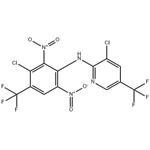
US $0.00-0.00/G2025-11-03
- CAS:
- 79622-59-6
- Min. Order:
- 1G
- Purity:
- 98%
- Supply Ability:
- 20TONS

US $0.00-0.00/kg2025-07-21
- CAS:
- 79622-59-6
- Min. Order:
- 5kg
- Purity:
- Purity: 98%
- Supply Ability:
- 2000tons
